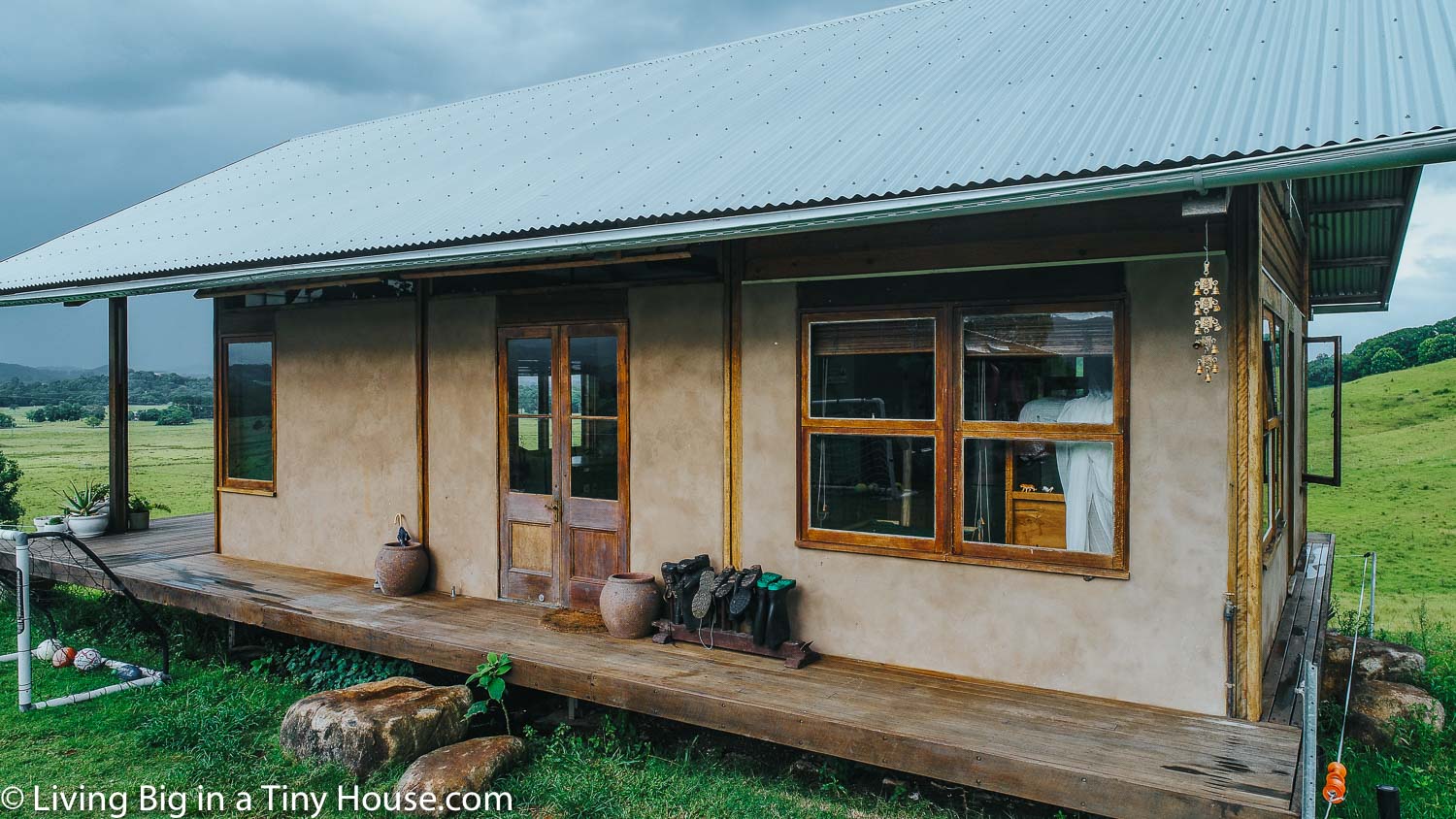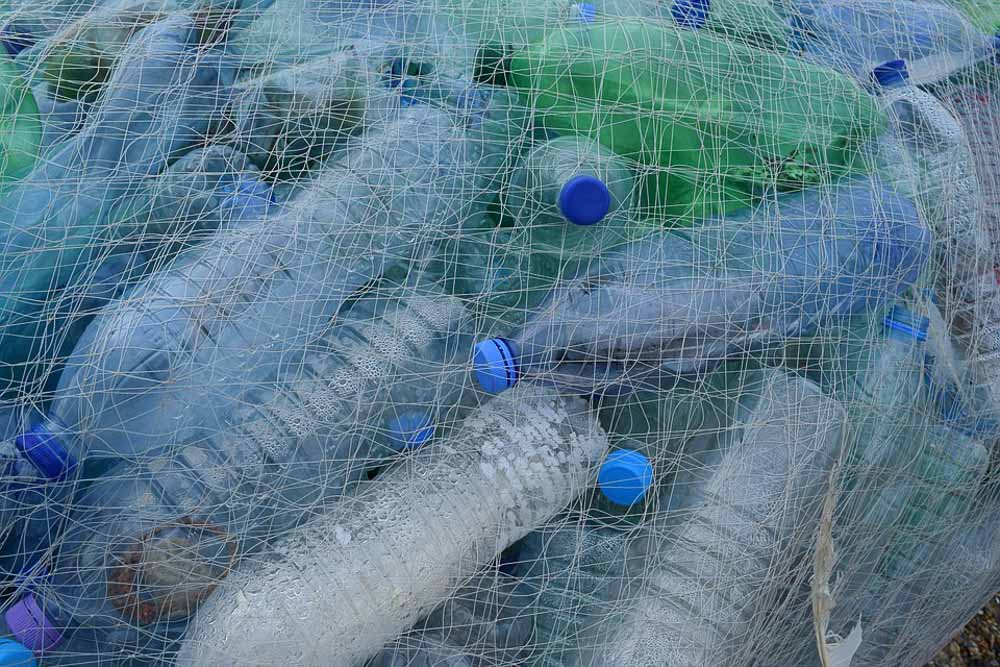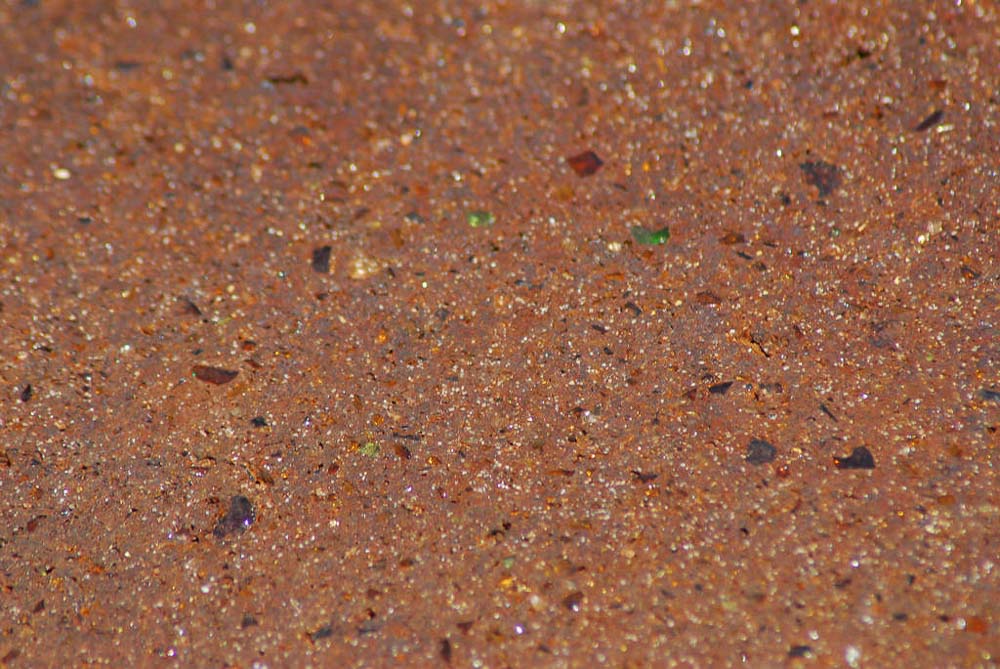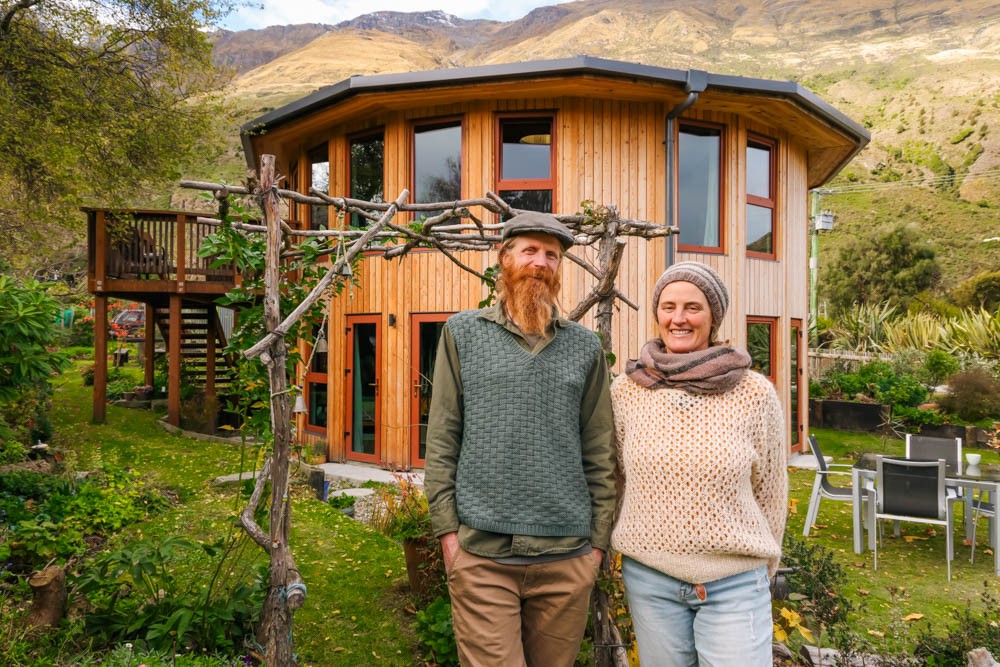The Top 5 Most Sustainable Materials To Consider When Building A Home

Sustainability and efficiency have become huge topics of discussion amongst commercial and industrial builders across the globe. By using more environmentally friendly building materials, we can create homes that don’t hinder the health of the environment or ourselves.
We have devised a list of the top five most sustainable building materials to consider when mapping out your home. These materials are gaining popularity when it comes to reducing our carbon footprints, and we believe they are going to be staple components of eco-friendly structures in the very near future

Hempcrete
If you are unfamiliar with what hemp is, it is the lower THC concentration version of the Cannabis sativa plant. While there is stigma surrounding this plant’s medicinal purposes, hemp has proven to be a miracle material when used in construction. When hemp is combined with water and lime, it forms hempcrete, a completely non-toxic material that also acts as an insulator. Hempcrete is thermally efficient, meaning it will use less energy over the lifecycle of the building. It is a carbon-negative material too, which means it captures more CO2 than it is providing, which is another benefit to the environment.

Paper Insulation
While it is unlikely that traditional insulators contain asbestos today, there is still a possibility. The Environmental Protection Agency (EPA) continues to allow for 1% of certain construction materials to contain the deadly carcinogenic mineral. The EPA also issued a “significant new use rule” which was proposed back in June that allows companies to import, manufacture, and process asbestos if they receive approval by the EPA. Asbestos is the leading cause of mesothelioma cancer and patients with the disease often times receive a daunting prognosis of six to twelve months. To avoid exposing ourselves to asbestos, paper insulation has become a great alternative. Paper insulation, otherwise known as cellulose insulation, is made from recycled paper and is composed of around 85% recycled materials. The remaining 15% is a non-toxic fire retardant chemical called borate. Paper insulation conforms to almost anything and is great for tight spaces like attics or basements. It also recycles a large amount of newspaper which is a huge waste factor.

Bamboo
Bamboo is an incredibly durable grass stalk that has become a promising building material used in a variety of different ways. Due to its strength, fast growth, and low weight, bamboo has become a significant replacement to concrete and is certainly usable in your home construction. It has been used in home frames as well as flooring, and because it regenerates so quickly, unlike a tree, it is less harmful to the environment. It can be cheaper than certain types of wood which is an added bonus and definitely something to consider!

Recycled Plastic
Plastics degrade differently based on what type it is, but some plastics can take up to 450 years to degrade. Fortunately, we are discovering new ways to repurpose plastic so that it does not end up in a landfill or a body of water where it can harm other animals. Recycled plastic is one of these discoveries that is making waves in construction. This plastic can be used in roofing shingles, fences, insulation, and even windows. According to Green Building Solutions, over the course of a year plastic materials saved 467.2 trillion British Thermal Units (BTUs) of energy over other alternative materials.

Ferrock
Ferrock is a new material that is proving to be superior to concrete in many ways. It’s a combination of waste steel dust from industrial purposes and ground up silica glass. This compound reacts with CO2 and starts to rust, forming iron carbonate. The iron carbonate fuses into the ferrock and, once dried, makes an incredibly durable rock-like form. The production of concrete creates some of the largest amounts of CO2 emissions on Earth. Ferrock is classified as a carbon-negative material and has the potential to make the construction process much more environmentally friendly. Ferrock is being used in small commercial amounts right now and could be used in a home build.
The Future Of Sustainable Materials
With these types of materials on the rise, we are definitely going to see an evolution of how homes and buildings are constructed in the near future. By using these materials in our own home constructions, we are further proving how effective these materials are and reiterating how it is possible to build durable, sustainable structures.
This was a guest post from David Hass of the Mesothelioma Cancer Alliance. David Haas is a health advocate specializing in mesothelioma. He works to ensure everyone has access to information about the disease and advocates for a complete ban of asbestos in the United States


